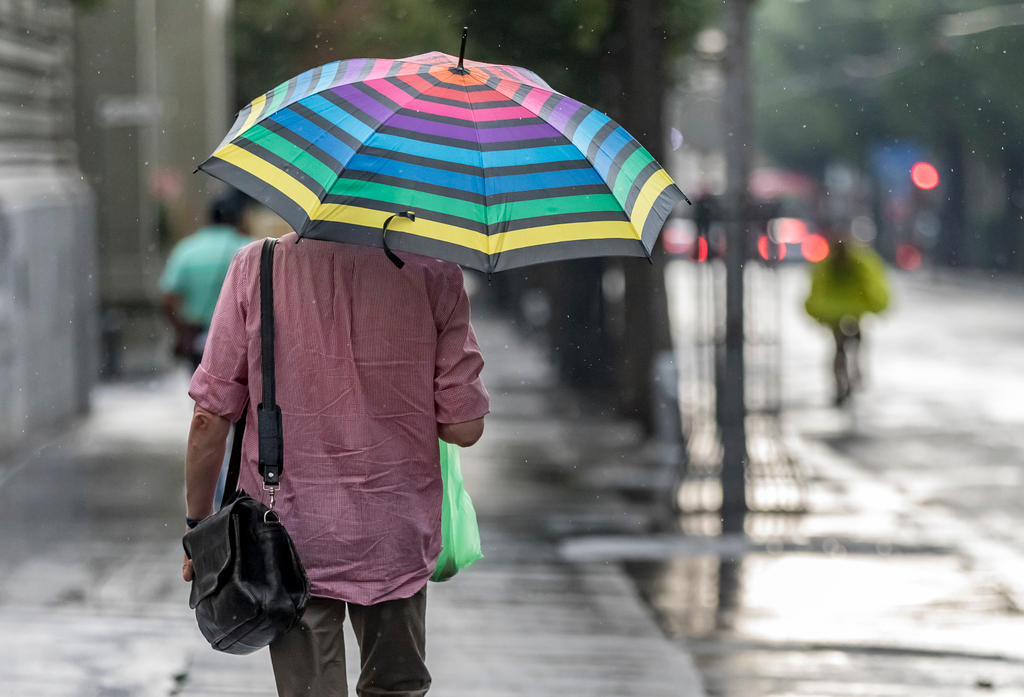What clothes to pack for your Swiss stay

The weather is not only a meteorological phenomenon but also a frequent topic of conversation in Switzerland.
That’s because there are four distinct seasons, the Alps make accurate weather forecasting difficult, and the temperatures in the lowlands can range from -10 degrees C (and less) to 30 degrees C (and more). And to top it off, the Swiss Federal Office of Meteorology points out that the “Swiss climate is characterised by a number of regularly occurring weather patterns and other routinely occurring phenomena: They range from snowfall during spring, a cold snap in June to fog and Indian summer in autumn”.
It’s worth downloading a reliable weather app like MeteoSwiss or Meteoblue that show precipitation in real time and warn of upcoming storms – particularly important when hiking or out on a lake.
Long-term stays in Switzerland require careful packing. Clothing in Switzerland is often more expensive than in the rest of Europe, even in the same international clothing shops. You can find good bargains, especially during the seasonal sales. More and more Swiss are frequenting second-hand and charity shops, extending the recycling philosophy to their clothing consumption. These shops sell only undamaged, good-quality items.
Winter
You will need proper winter gear: a warm coat or jacket that can handle minus temperatures, hat, scarf, gloves, waterproof shoes or boots to deal with snow, slush and rain. Buildings are generally well heated, so you’ll need layers to peel off when going indoors.
Summer
The summer of 2018 was the third warmest summer since 1864 (the other two were in 2003 and 2015). Cities like Zurich and Geneva experienced multiple days of 30-degree temperatures. Generally, summer temperatures hover around highs of 24-25 degrees, with possible dips and peaks. Since air conditioning is conservatively used in Switzerland, you won’t require your winter jacket for trips to restaurants or shopping malls. But in the evenings, you will need a jacket, sweater or shawl.
In between
Be prepared for that “cold snap in June”, the “snowfall in spring”, “the Indian summer in autumn”, for rain and fog.
In the mountains
Weather patterns can change quickly in alpine regions, so you need to be prepared for cold weather and rainfall, even if the sun was shining when you stepped out of the cable car. Your shoes need to have good grip for the uneven terrain you will encounter on most of the hiking trails.
Where to shop
Clothing in Switzerland is often more expensive than in the rest of Europe, even in international clothing chains. But you can find good bargains during the seasonal sales and shops that sell lower-priced clothing.
If you don’t fancy spending a lot of money on a wool jumper that you’ll only wear a couple of months, do what more and more Swiss are doing and shop in second-hand and charity shops, thereby extending the recycling philosophy to their clothing consumption.
In Switzerland these shops generally sell only undamaged, good-quality items (some even reduced-price couture). So if you need a wool sweater or a winter coat, you might want to start there. Check out listings like this oneExternal link for second-hand shops and flea markets in Geneva or find the nearest Salvation ArmyExternal link second-hand shop near you.
Planning to come to Switzerland to study? Visit our dedicated page Education Swiss MadeExternal link for info, tips and personal accounts from students.

In compliance with the JTI standards
More: SWI swissinfo.ch certified by the Journalism Trust Initiative








You can find an overview of ongoing debates with our journalists here . Please join us!
If you want to start a conversation about a topic raised in this article or want to report factual errors, email us at english@swissinfo.ch.